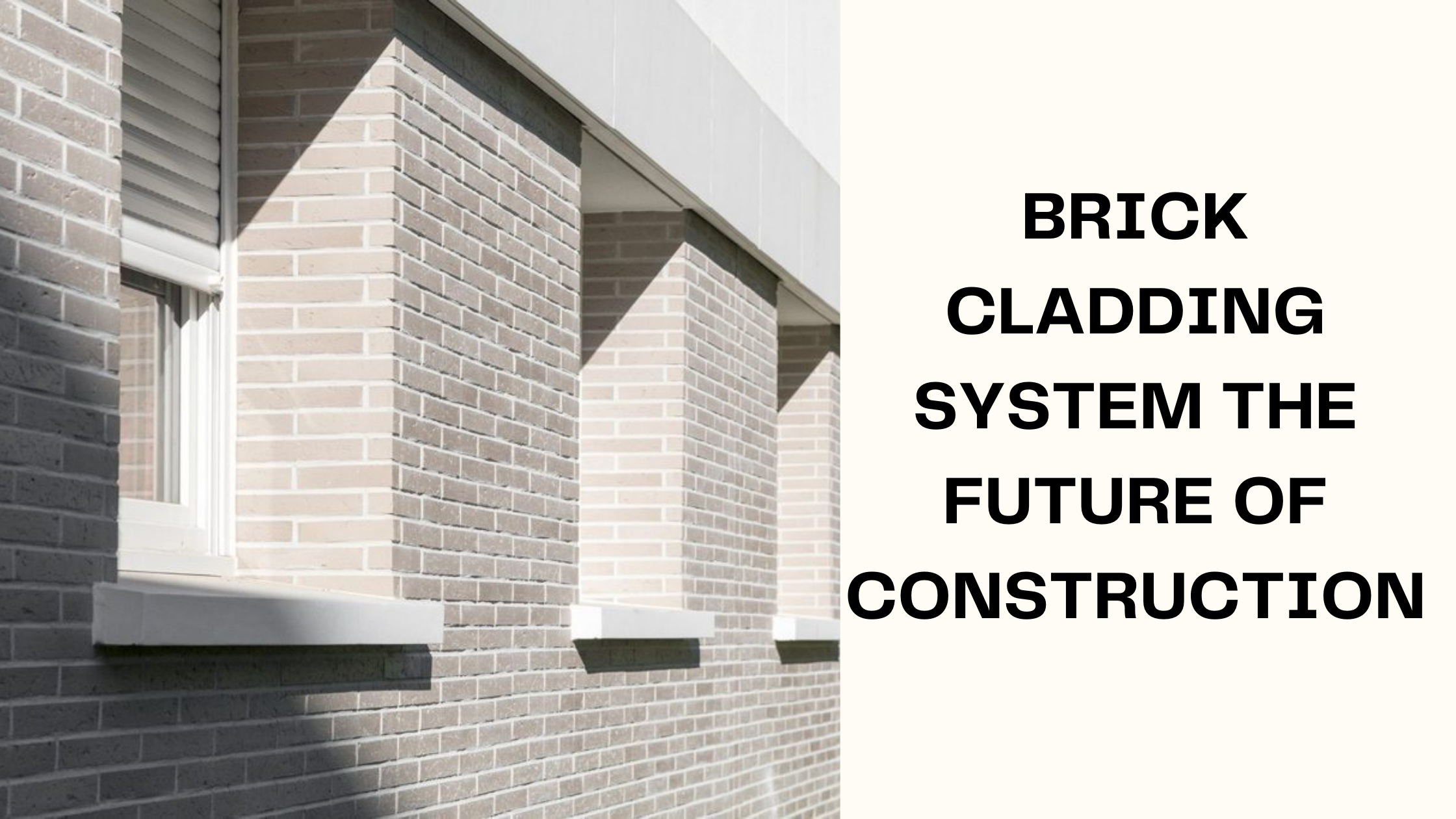People from various cultural backgrounds may recognise and comprehend a number of symbols that are universally understood despite language difficulties. Examples are the symbols for the male and female restrooms, the health-signifying cross, and the global Wi-Fi emblem. One of these global symbols is the recycling symbol, created in 1971 by University of Southern California student Gary Anderson, an architect and designer. It is a triangle with three arrows pointing clockwise, each of which stands for the industry, consumers, and recycling. It depicts a never-ending cycle.
Reintegrating items that are usually considered trash back into the manufacturing cycle is essential to the circular economy idea. This idea is especially crucial for the construction sector, which has always relied on resource exploitation and destruction to survive. Nothing is more symbolic in this instance than the brick, which stands for both the building of new things and the ideal illustration of how to use the circularity notion. The issue of circularity has been embraced by inventive minds, who have come up with ways to turn waste materials—from plastics and seaweed to human hair—into valuable resources and produce a wide range of goods.
These developments fundamentally alter how we design and use our places, in addition to addressing urgent environmental challenges. This article focuses on seven programmes that are converting waste materials into bricks.
Using Invasive Algae to Create Homes
Local communities in Mexico organised beach clean-ups in response to the invasion of non-native seaweed, which caused respiratory issues among the populace due to its foul odour. The creator of Blue-Green in Puerto Morelos, Omar Vázquez Sánchez, recognised a chance to recycle this natural resource as the main component of a construction material. He used seaweed and clay to successfully build a house after six years of planning and experimenting.
Testing by the National Autonomous University of Mexico (UNAM) has proven that sargassum seaweed added to bricks has exceptional resilience, as demonstrated by its capacity to survive seismic activity and hurricane winds. Seaweed and clay, which is leftover from building sand, are crushed to create sargablocks. This 15-day-built tiny home uses 50% less resources than a typical social housing unit and is notable for its high thermal inertia, which permits heat to build up during the day and be discharged at night.
The creator wants to make this building material acceptable for higher-end structures but also accessible for low-income people looking to develop affordable homes. Thus, the bricks would turn an environmental issue into a useful, really sustainable raw resource.
Urban Waste for the Front of a Museum
Bricks covering the façade of the Design Museum Gent will be made from shattered concrete and glass debris thanks to an inventive recycling method. Because of how its constituents are sourced and the fact that it doesn’t require burning, the material only has a third of the embodied carbon of a conventional brick. The museum’s extension, designed by Carmody Groarke and created in collaboration with Local Works Studio, TRANS architectuur, and material designers BC Materials, will include Gent Waste Brick on its façade. In order to do this, a process was developed for grinding waste materials from building projects along with lime to generate dry, cured bricks.
